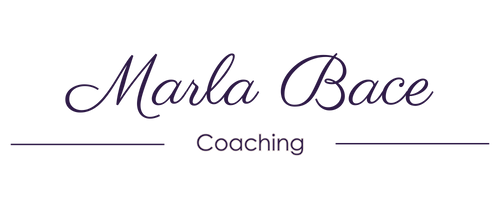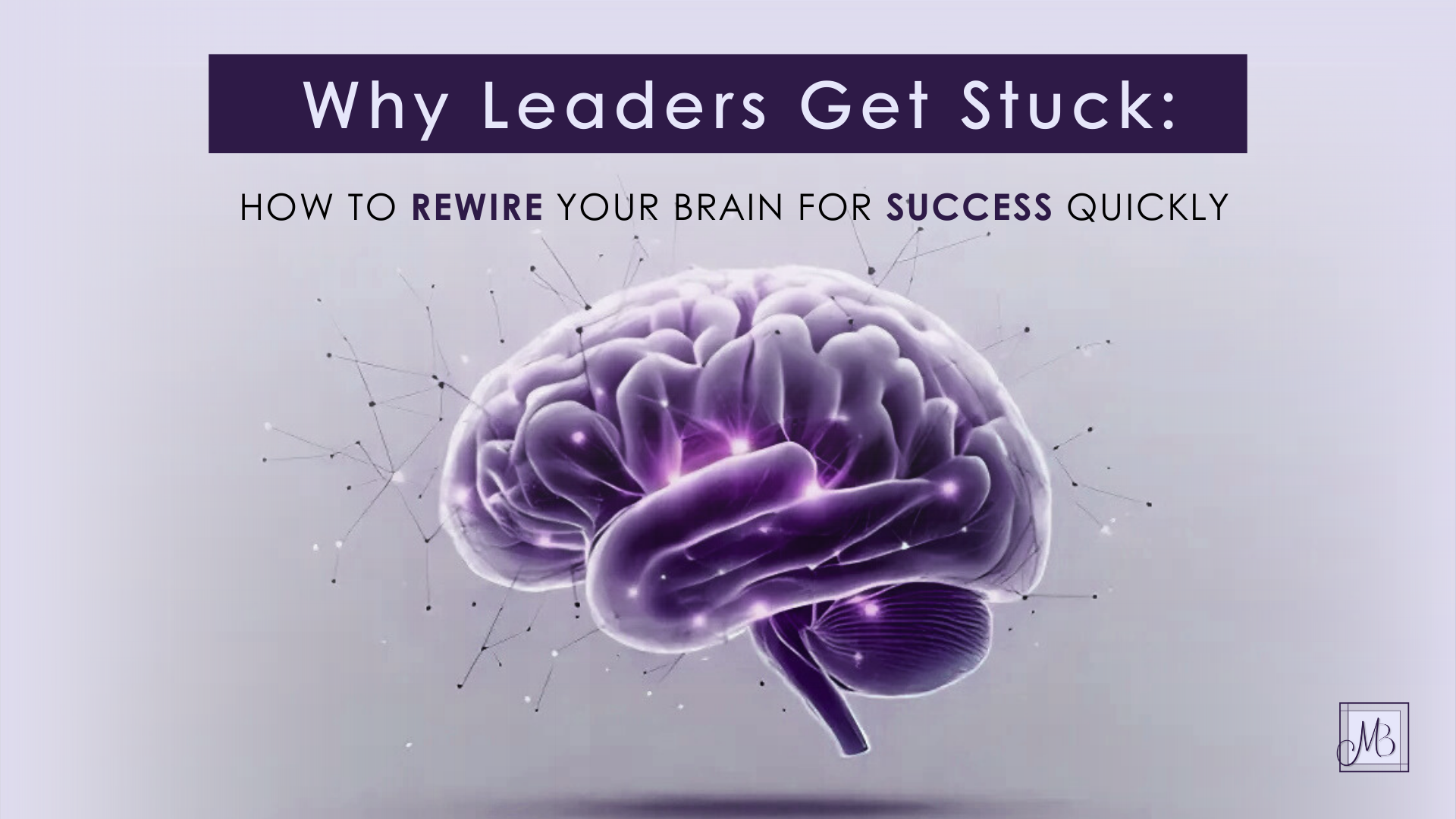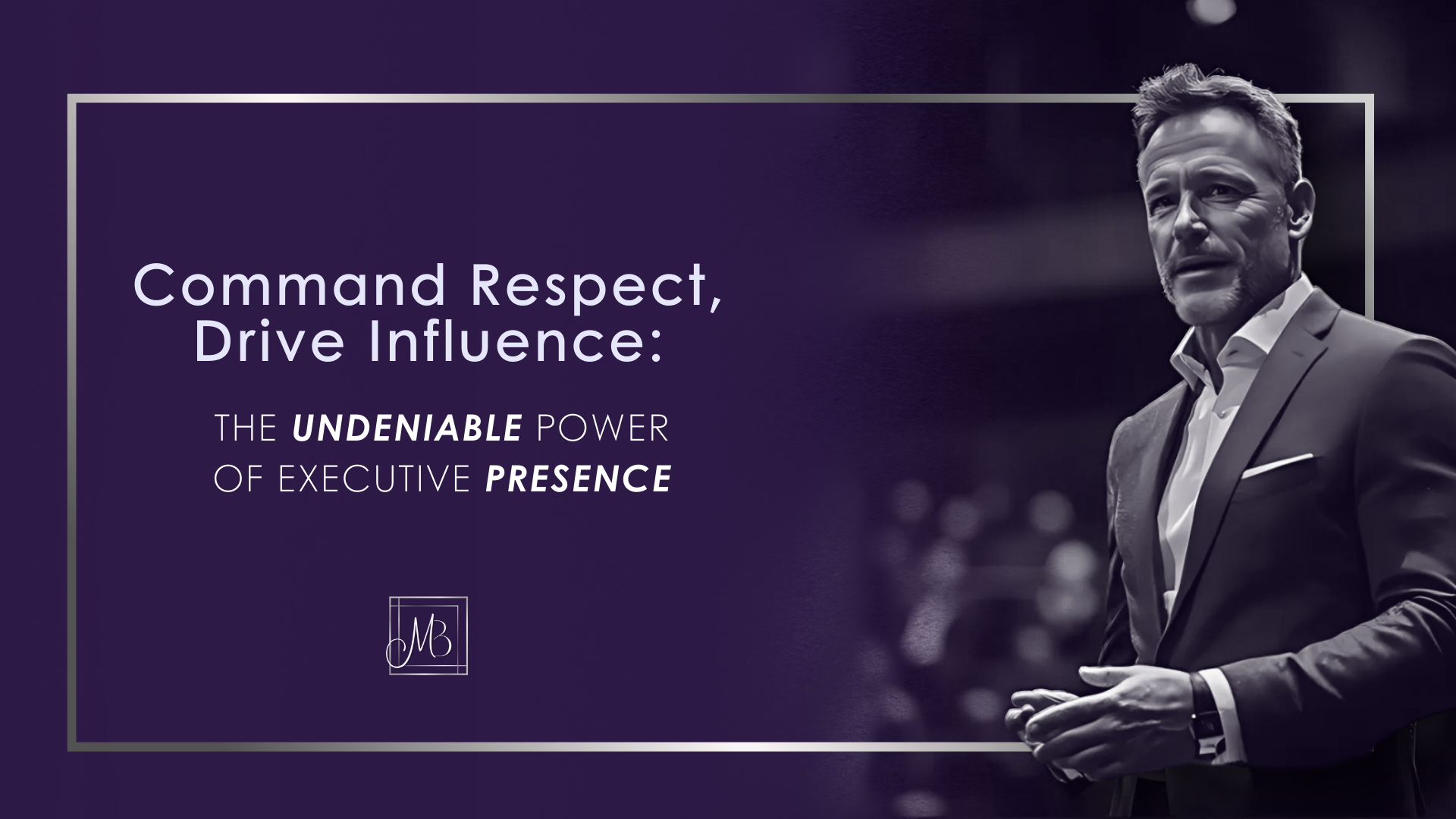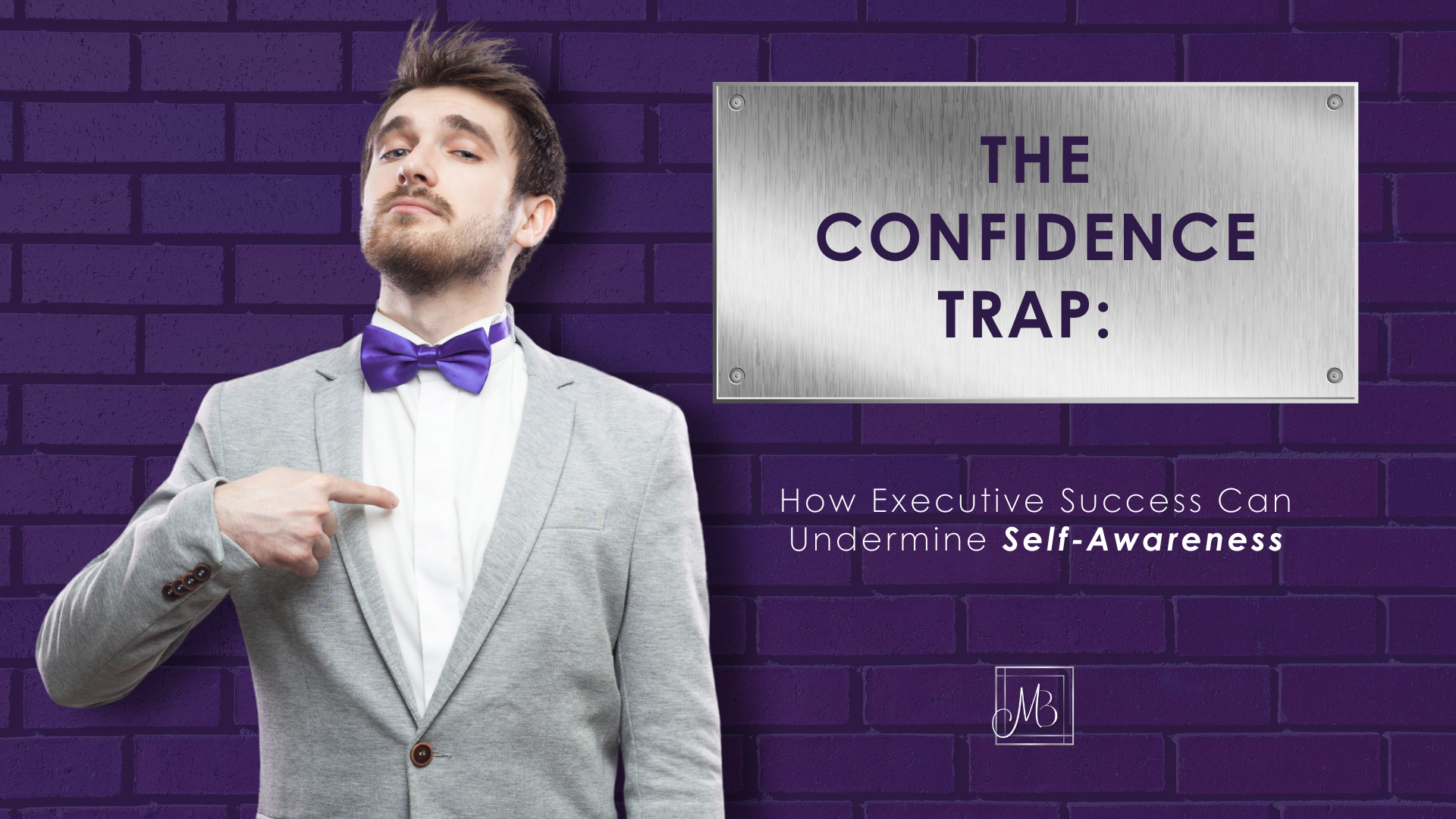In the fast-paced world of executive leadership, success is often measured by efficiency, data-driven decisions, and the ability to push forward despite uncertainty. Yet, many high-achievers find themselves stuck in patterns that no longer serve them—reacting instead of strategizing, pushing instead of aligning, and chasing external validation instead of trusting their intuition. Embracing leading with intuition can be the key to breaking free from these patterns.
What if the key to unlocking your next level of success wasn’t about doing more with less but about unlearning the patterns that no longer serve you?
The most effective leaders don’t just set goals—they recognize when old programs are running in the background, influencing their choices. They know when to interrupt limiting thought patterns, challenge outdated beliefs, and slow down to create space for true strategic vision.
This is where true leadership transformation happens—not in force, but in awareness. By shifting from an ego-driven mindset to an intuitive approach, leaders gain the clarity needed to navigate uncertainty, inspire innovation, and lead with conviction.
The Hidden Programs Running in the Background
Executives and business owners alike operate within mental frameworks shaped by experience, industry norms, and personal narratives. Over time, these can become rigid operating systems, limiting strategic thinking and leadership effectiveness.
Ask yourself:
- Do I find myself making decisions out of habit rather than strategy?
- Am I holding onto an outdated version of myself that no longer serves my goals?
- Do I rely too heavily on external validation rather than my own instincts?
Recognizing these patterns is the first step toward creating a new executive leadership paradigm — one that balances logic with intuition, decisiveness with creativity, and ambition with alignment.
Rewriting the Internal Code: Three Keys to Intuitive Leadership Transformation
Senior leaders must engage in intentional rewiring to break free from outdated mental programming. This process isn’t about rejecting the past but about curating what stays and what needs to be replaced.
1. The Pattern Interrupt: Slowing Down to Speed Up
One of the most overlooked executive leadership skills is the ability to pause. The ego thrives on reaction—pushing forward, making rapid decisions, and clinging to what’s familiar. But intuition operates differently; it requires space to surface.
Before making a high-stakes decision, ask yourself:
✔ Am I responding to fear or leading from vision?
✔ If I had no past experiences to reference, how would I approach this?
✔ What possibility am I overlooking by staying on this path?
Leaders who master the pattern interrupt create opportunities for breakthrough thinking, innovation, and strategic decision-making—key components of leadership transformation.
2. The Identity Shift: Letting Go of Outdated Leadership Models
Many high performers hold onto past versions of themselves because they associate them with success. But growth requires evolution.
Instead of asking, What’s worked for me before?, shift the question to:
✅ Who am I becoming?
✅ What leadership traits am I developing for the next phase?
✅ What old habits, beliefs, or strategies no longer serve this version of me?
The most effective executives don’t just refine their skills—they redefine their identity to align with their next level of leadership transformation.
3. The Internal Recalibration: Reclaiming Power from External Validation
High achievers are often conditioned to seek approval, whether from clients, stakeholders, or the market. But true executive leadership power comes from within.
To cultivate self-sourced confidence, start by:
- Documenting evidence of past wins—keep track of moments where you trusted yourself, which paid off.
- Evaluating decisions based on alignment, not approval—Are you making this choice because it’s right or because it’s expected?
- Rewriting the inner dialogue—If your internal voice speaks from doubt, install a new script.
Executives who shift from validation-seeking to self-trust lead with conviction, resilience, and innovation—a key driver of gut-driven leadership transformation.
Beyond Reprogramming: Setting Goals That Expand Possibility
Once you’ve identified where the old programs are running, the next step is to set goals that reflect your upgraded executive leadership operating system.
Effective leaders don’t just set financial or operational targets — they set vision-driven goals that foster creativity, problem-solving, and long-term strategic impact.
When setting goals, consider:
✔ What possibilities open up if I let go of old limitations?
✔ What would I pursue if I didn’t fear failure?
✔ How can I measure success beyond traditional metrics?
The best leaders don’t just achieve — they expand.
The Future Belongs to Those Who Uninstall the Old and Embrace What’s Next
Success isn’t about hustling harder or proving yourself through outdated metrics. It’s about stepping into the version of yourself that no longer plays by old rules.
By shifting from ego-driven leadership to intuitive mastery, you create space for:
🚀 Better decision-making through clarity and alignment
🚀 Innovation that isn’t limited by past frameworks
🚀 Sustainable success that doesn’t require constant force
Your next level of intuitive leadership transformation isn’t about learning more—it’s about unlearning what’s holding you back.
Are you ready to step into a new paradigm of executive leadership?





















